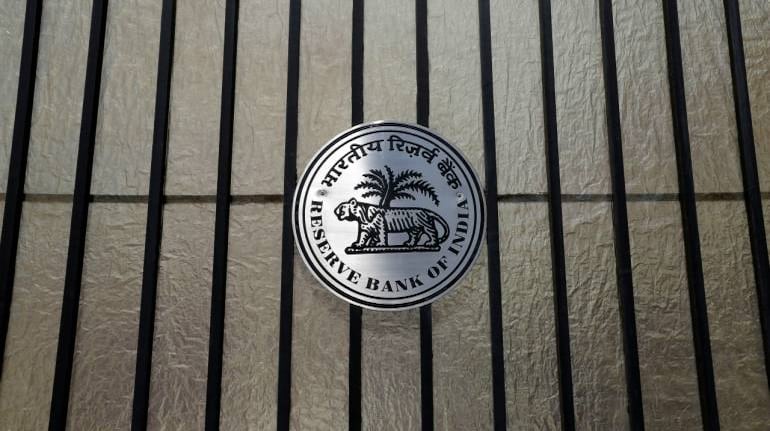



Contrary to what economists and market participants were expecting, the Monetary Policy Committee (MPC) preferred to stay put on February 10 on policy rates and policy stance (accommodative), and retained the existing wide corridor between the repo and reverse repo rate.
Expectations of analysts and market participants were influenced by several adverse factors such as steeply high global Brent crude oil price ($91.28/barrel), adoption of tighter monetary policies by major central banks, the consequent increase in global treasury yields, and the large-sized gross market borrowing programme announced in the Union Budget on February 1 (Rs 14.95 trillion in FY23 versus Rs 10.47 trillion in FY22).
But the MPC has justified its decision by flagging the potential downside risks to economic activity from the highly-contagious Omicron variant, and the pressing need to preserve financial stability. Even without any rate action, the yields have increased significantly across the tenors during December-February, FY22. By not giving any direct rate signal, the MPC has supported the bond portfolios of commercial banks, who would have otherwise reported very high mark-to-market trading losses in the fourth quarter of FY22.
Between a fixed rate policy signal (or a reverse repo rate hike) and variable reverse repos, the MPC has opted for the latter to retain its flexibility to tweak short-term rates based on a specific situation. It certainly wishes to buy some more time before giving a more durable tightening signal such as a reverse repo rate hike, as economic uncertainty is still very high. At the same time, it is happy that its gradual efforts to reduce liquidity overhang have been decently successful as the effective reverse repo rate — the weighted average rate of the fixed rate reverse repo, and the VRRRs (variable reverse repo rates) of longer maturity — increased from 3.37 percent as on end-August, 2021 to 3.87 percent as on February 4, 2022.
While all MPC members have supported the ‘status quo’ on policy rates, the same is not the case with the ‘accommodative stance’. JR Verma has again expressed reservations on this part of the policy resolution. The minutes of December policy showed that he believes in raising effective money market rates quickly towards 4 percent to demonstrate the MPC’s commitment to the inflation targeting framework formally adopted in India since 2015.
In its macroeconomic projections, the MPC appears to be more optimistic than what is warranted by the emerging macroeconomic situation. In spite of the fast rising prices of energy and non-energy commodities globally, and continued supply-side disruptions, the MPC expects headline CPI inflation to cool from its average level of 5.3 percent in FY22 to an average level of 4.4 percent in FY23.
Even as it sees unevenness in domestic economic recovery, weak private demand and elevated global commodity prices, etc. posing downside risks to economic growth, it projects real GDP growth at 7.8 percent in FY23. This means it is expecting nominal GDP growth at 12.2 percent in FY23 — higher by 110 basis points if compared to the budgetary estimate of 11.1 percent.
The RBI expects current account deficit (CAD) to stay below 2 percent of GDP in FY22. However, if the current trends in oil prices and non-oil imports continue, there is every possibility that India’s CAD could approach 3 percent of GDP in FY23. Even the headline CPI inflation will most likely stay above the RBI’s upper tolerance level of 6 percent during FY23.
While the MPC is buying more time to give any direct rate signal or present a roadmap for policy normalisation, market participants will follow their rational expectations. They will continue to respond to economic factors that influence their risk appetite such as commodity prices, global yields, global central banks’ policy actions, capital flows, pace & tenor of government’s market borrowing, the recovery of import-intensive sectors, etc.
There is a fear that this delayed monetary policy action may give rise to more aggressive and disruptive actions later. As the IMF had warned in its October release of the World Economic Outlook, the impact of US Fed tightening could be more severe for those emerging markets which have high public debt, high domestic inflation, and lower current account balances. If the current trends in these variables sustain for India, then we may be forced to adopt a more aggressive monetary policy tightening during FY23.
Rupa Rege Nitsure is Group Chief Economist, L&T Financial Services. Views are personal, and do not represent the stand of this publication.
Discover the latest Business News, Sensex, and Nifty updates. Obtain Personal Finance insights, tax queries, and expert opinions on Moneycontrol or download the Moneycontrol App to stay updated!
Find the best of Al News in one place, specially curated for you every weekend.
Stay on top of the latest tech trends and biggest startup news.